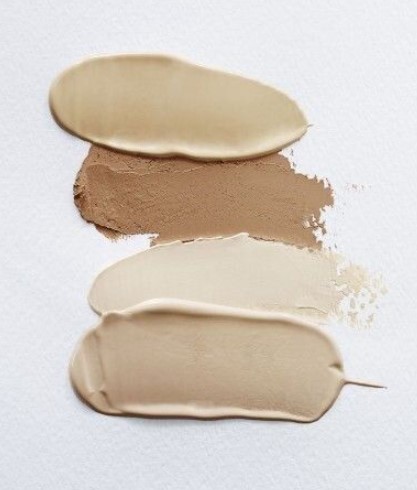
DYEING MADE EASY
A Short Lesson on Dyeing: Matching Colors for Intimate Apparel Start-ups
In the world of intimate apparel, finding the perfect color elastics and notions to complement your fabric can be a challenge. But fret not, because there’s a solution – dyeing! By mastering the art of dyeing, you can customize elastics, wire casing, hook and eye closures, and even fabrics to achieve the desired color palette for your intimate apparel creations. In this article, we’ll outline a short lesson on dyeing, providing valuable tips and insights tailored specifically for start-ups and entrepreneurs in the intimate apparel industry.
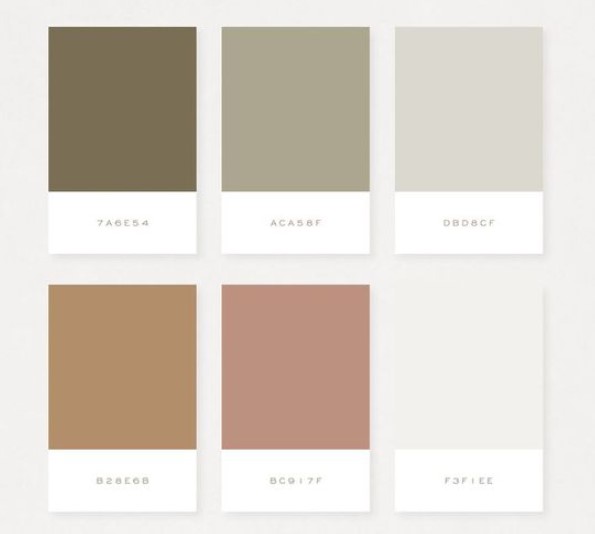
DYEING ESSENTIALS
Before delving into the process of dyeing, it’s crucial to grasp the suitability of materials for this technique. Dyes work exceptionally well on natural fibers such as cotton and silk, as well as on nylon. However, it’s important to note that polyester and fabrics with special coatings may not be as receptive to dyes. By knowingly selecting the appropriate materials, you can set the foundation for successful and satisfying dyeing outcomes, ensuring vibrant and long-lasting results.
TIPS FOR DYEING
Here are some valuable tips to keep in mind as you embark on your dyeing journey:
- Pre-Dye Fabric Preparation: It’s advisable to dye the fabric before cutting out the individual pieces. This approach ensures that any unevenly colored spots are addressed upfront. It can save you from potential disappointments after investing time and effort in creating your designs.
- Ensure Proper Wetting: To achieve even and vibrant colors, it’s vital to thoroughly wet the pieces you intend to dye before adding them to the dye pot. Proper wetting ensures that the materials absorb the dye evenly, preventing any patchy or inconsistent coloring.
- Test Before Dyeing: Before immersing your valuable supplies into the dye, take a moment to test the color on a scrap or swatch. This step allows you to fine-tune the dye mixture and achieve the exact shade you desire.
- Open Up for Even Coloration: To ensure even coloration, fully open up any fabric or elastic before placing them in the dye pot. This step allows the dye to penetrate the material thoroughly, resulting in a uniform tint throughout.
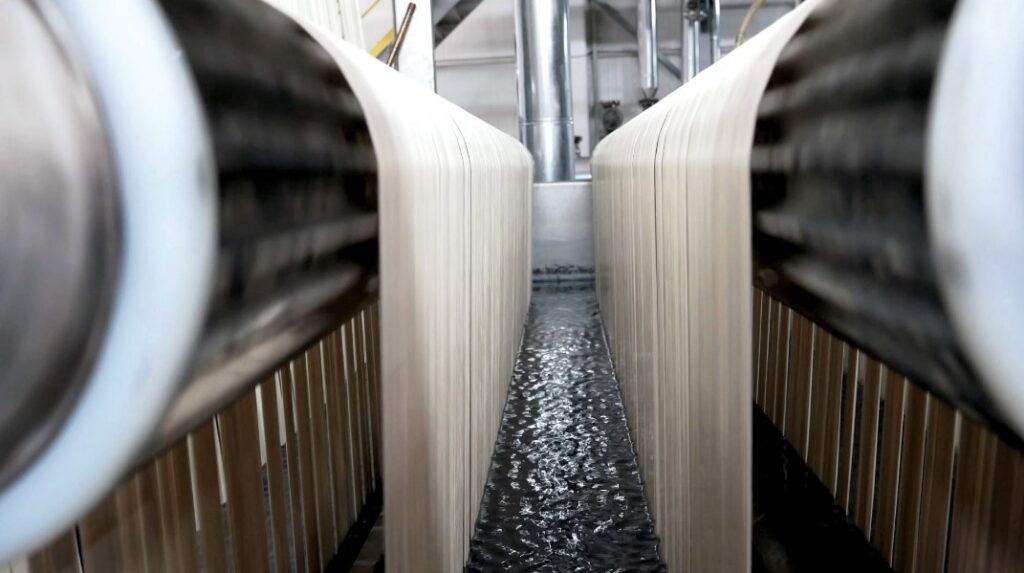
DYEING TECHNIQUES
To optimize your dyeing process, consider the following techniques for different objects:
- Separate Dyeing: Since each finding and fabric absorbs dye at a different rate. It’s essential to dye each type of object separately. For instance, strap elastic and underwire casing tend to absorb dye quickly. So, they should be dyed independently from other materials to achieve consistent results.
- Continuous Stirring: When you add your materials to the dye pot, make sure to stir them continuously. This stirring action promotes even dyeing and allows you to monitor the color progress. Regularly check if the objects have reached the desired hue before removing them from the dye bath.
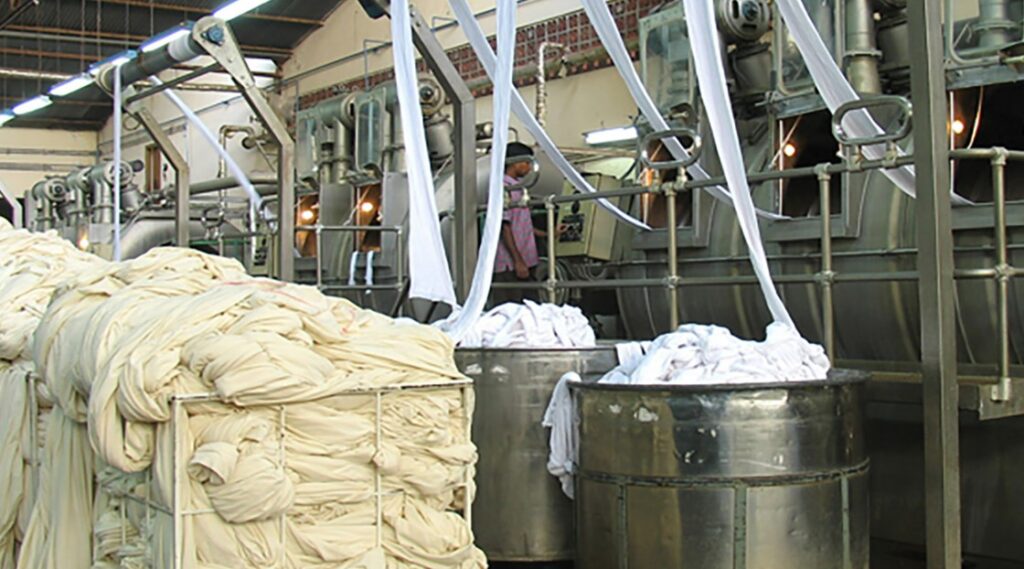
BEST PRACTICES
To ensure optimal results during the dyeing process, keep the following best practices in mind:
- Adequate Lighting: Working on a dyeing project in a well-lit environment, preferably in daylight, is crucial. Ample lighting enables you to accurately assess the color and make any necessary adjustments. Additionally, remember that color may appear slightly darker when wet, so proper lighting is essential for accurate color evaluation.
- Thorough Rinsing: Once you remove the dyed item from the dye pot, ensure thorough rinsing under running warm water. This step helps remove excess dye and prevents bleeding or staining when your materials are incorporated into the final garments.
- Dye Excess: It’s wise to dye more than you need for a project. Duplication of the same color mix can be challenging, and it’s always better to have some extra materials left over than to run short.
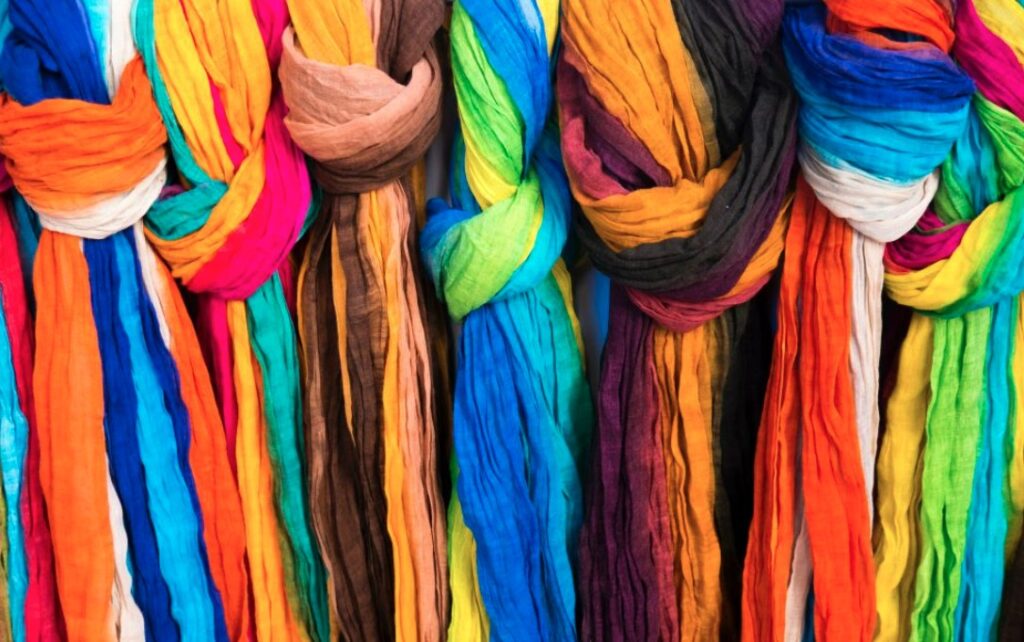
Mastering the art of dyeing elastics, wire casing, and fabrics can be a valuable skill for start-ups and entrepreneurs in the intimate apparel industry. With a clear understanding of which materials are receptive to dye and by following the provided tips, you can certainly achieve impeccable color coordination for your creations. Happy dyeing!
To gain further insights, check out our blog post on ‘How to Choose Colors, Pantones, and Lab Dips for Lingerie Design’ by clicking here.
